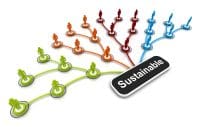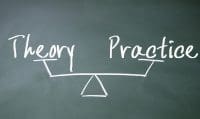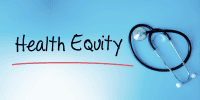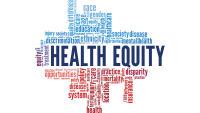Successful mentoring relationships require chemistry and accountability.
Over the past half-century, nursing education has undergone significant transformation at all levels. The shift from the apprenticeship model to university-based education has produced highly educated nurses who may or may not be practice-ready to tackle multiple complex patients upon graduation. This isn’t new. Of the 38 nurses who arrived in Scutari with Florence Nightingale under her supervision, three were gone after two months.
An estimated 200,000 experienced RNs left the workforce in the aftermath of the pandemic; a staggering loss in the potential transfer of expertise. In short, a missed opportunity for mentorship. The influx of underprepared new RNs and high rate of nurse attrition are just two of many reasons why mentorship has become increasingly crucial.
Mentorship frequently is conflated with preceptorship, coaching, teaching, and counseling. The National Academies of Sciences, Engineering, and Medicine define mentorship as a professional, working alliance in which individuals work together over time to support each party’s personal and professional growth, development, and success via career and psychosocial support. Everyone can benefit from mentorship, but it holds particular significance for those who’ve faced systemic barriers. Beyond its formal definition, mentorship guides a deeply personal journey that varies based on individual needs and experiences.
Mentorship through positive relationships
Nurse mentorships: A two-way street
My role as a nursing faculty puts me at the center of mentorship’s natural habitat: academia. It’s inherent to my role to serve as a mentor to students, whether they realize it or not. The school environment, both physical and virtual, remains a fertile incubator of human flourishing guided by the core values of effective mentorship: generosity, altruism, honesty, and collaboration. Many mentorship relationships start in nursing school and continue throughout life.
Successful mentorship hinges on two vital components: reciprocal chemistry and mutual accountability. Building reciprocal chemistry isn’t a matter of chance; it requires deliberate effort to establish a rapport and genuine liking for one another. Authentic mentorship can’t thrive without mutual fondness. Reflective dialogue nurtures this chemistry and fosters a strong social bond. I envision engaging in thought-provoking discussions with my mentee or mentor, and I welcome constructive feedback from my student mentees regarding my teaching methods. A strong rapport in mentorship encourages the exchange of diverse ideas, viewpoints, and emotional intelligence—essential elements for lifelong learning.
Mutual accountability demands a conscious effort to reach out and check on each other regularly, not just in times of need. Accountability drives continuous learning and professional growth for both parties; a good, old-fashioned face-to-face visit with no to-do lists. I want my younger mentees to know that I have much to learn from them; they help me appreciate the youthful nuances of my social capital.
The nursing mentorship literature frequently portrays mentorship as a structured procedure, sometimes involving formal contracts. This transactional tone can overshadow the profound relational dimension of transformative mentoring. I’m sure that many impactful and lasting mentoring relationships among nurses didn’t require a signature. They likely emerged out of an intrinsic desire to pass on the “good” to others. When done right, mentorship is shared joy and an extended opportunity to grow together. And that’s a matter of the spirit, not the spreadsheet.
Fidel Lim is a clinical associate professor at the New Your University Meyers College of Nursing in New York City.
American Nurse Journal. 2024; 19(5). Doi: 10.51256/ANJ052456
Reference
Lund Dahlberg M, Byars-Winston A, eds. The Science of Effective Mentorship in STEMM. Washington, DC: National Academies Press; 2019.
Smiley RA, Allgeyer RL, Shobo Y, et al. The 2022 national nursing workforce survey. J Nurs Regul. 2023;14(1):S1-90. doi:10.1016/S2155-8256(23)00047-9


















